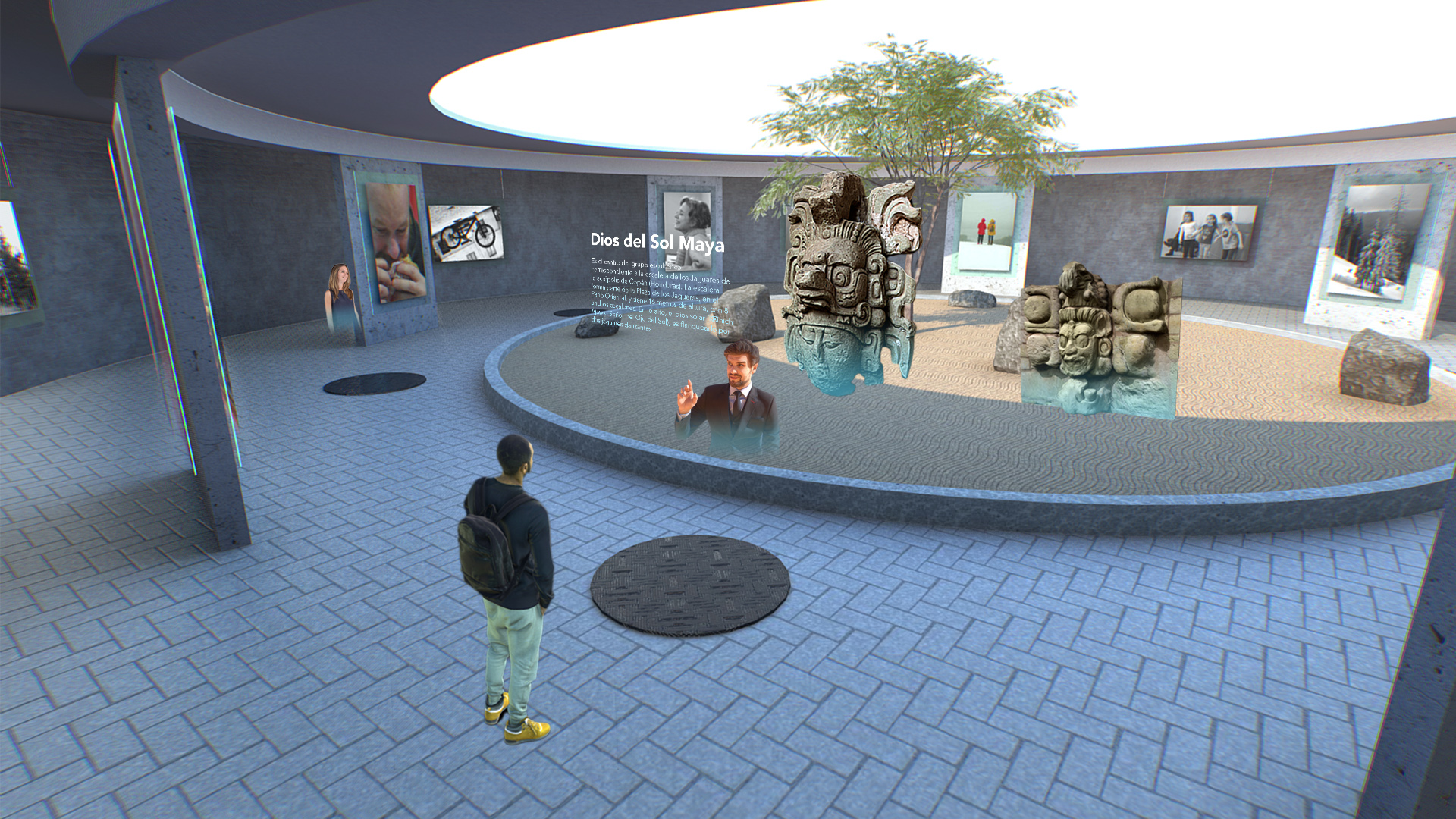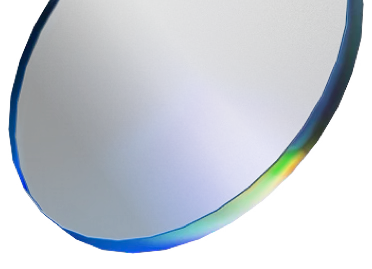

A clear explanation of spatial UX principles for AR experiences

Spatial UX principles guide how digital content should behave in real environments. They balance authenticity, familiarity, perception, and responsiveness, so augmented and mixed reality experiences feel natural, intuitive, and contextual in physical space.
Spatial UX begins with the relationship between a user and their environment. Systems like world tracking, eye tracking, SLAM, and plane detection help a device to understand where a user is, what they're interacting with, and how they're moving through their space. Good UX takes advantage of this awareness to share information at the right time, in the right place, and at the right scale.
In AR, text is read at various distances, so designers should be mindful of font size and weight so that text remains crisp and readable. Text can face towards a user when needed and follow soft billboarding rules so information is easy to follow. UI panels and interfaces should appear within a comfortable viewing cone, and can respond to a user’s movement or be anchored on surfaces.
Spatial UX principles make the medium approachable and understandable. They help designers avoid blindly applying 2D patterns in 3D where they could feel unnatural or forced. Instead, Spatial UX encourages content to use the right elements at the right time. Key information and menus should be always available to access around the user. Contextual information can be embedded in an environment alongside physical content. And important modals or permissions can appear directly in the user's field of view to capture their attention.
A strong Spatial experience uses the environment as part of the interface. Surfaces can anchor information, walls create structure, distance communicates hierarchy, and content reveals itself only when appropriate, so the user never feels overwhelmed by 3D content or lost without any spatial cues.
Spatial UX also guides pacing. Information should be timely and reactive to the user. It should respond as they approach, react when they look at an object, and reveal itself at the moment when it is needed most. Content should never ignore the surroundings or go beyond the physical borders of the room. Digital content should never feel detached or disconnected from reality.
Strong spatial UX focuses on presence, clarity and embodiment. A few guiding principles include:
Integrate key information around the user and spatial content naturally into the environment.
Text and UI are usually better in 2D. Models, diagrams, and spatial hints belong in 3D.
Design interactions that feel natural whether they come from gaze, pinch, hand tracking, controllers, or taps.
Use real surfaces for placement. Respect lighting and geometry. Avoid floating panels that ignore the room.
Only reveal information when it's useful. Allow content to react to the user based on distance, orientation, and attention.
Billboard text gently toward the user when appropriate. Maintain contrast and size based on background and distance.
Spatial experiences encourage movement. Guide the user through a space without overwhelming them.
These principles will help to ensure empathy, clarity, and contextual awareness for all of your interactions. In Spatial UX, these values help to blend your digital and physical content into a unified experience.
• Digital instructions tilt towards a user as they move around the space so they can read them from any angle.
• Informational panels appear next dynamically next to each sculpture in an exhibit when a user approaches them
• A product demo pins an exploded 3D model to a real table, highlighting each part only when the user leans in or looks directly at a component.
• Spatial UX requires more than placing 2D UIs and screens in 3D space.
• Large models do not necessarily feel more immersive. Attention to realistic scale and context give spatial experiences the most impact.
• Spatial UX is not only about layout. Timing, movement, and sequencing are equally important.
Augmented Reality, Spatial computing, World tracking, Eye tracking, Field of View
Spatial UX principles bring clarity and authenticity to users that are new to AR. When digital content respects the room, responds to the user, and leverages the strengths of the medium, the result is impactful and intuitive.
Learn about augmtened reality or start creating your own experiences.







